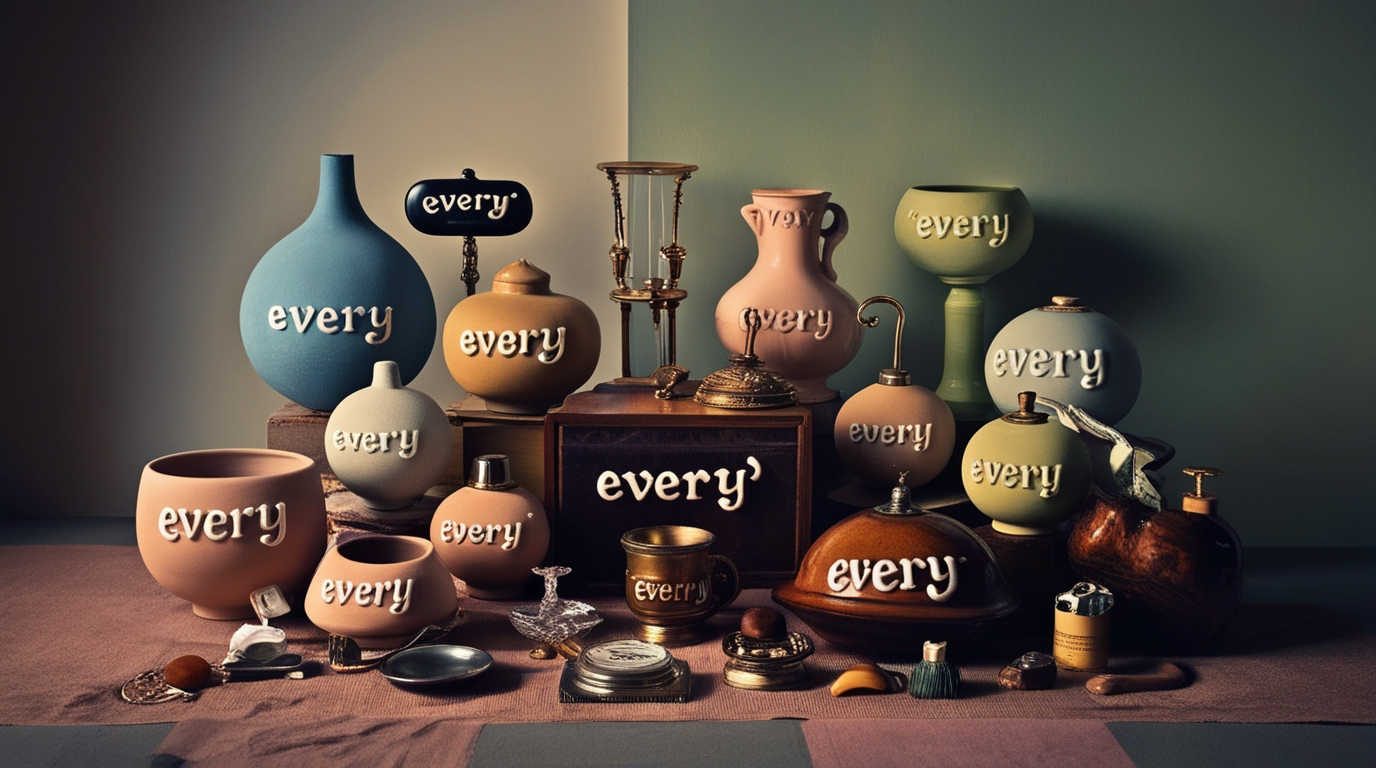
JS Topics
- JS Intro
- JS File Handling
- JS Array Methods
- at()
- concat()
- copyWithin()
- entries()
- every()
- fill()
- filter()
- find()
- findIndex()
- findLast()
- findLastIndex()
- flat()
- flatMap()
- forEach()
- from()
- includes()
- indexOf()
- isArray()
- join()
- keys()
- lastIndexOf()
- map()
- of()
- pop()
- push()
- reduce()
- reduceRight()
- reverse()
- shift()
- slice()
- some()
- sort()
- splice()
- toLocaleString()
- toString()
- unshift()
- valueOf()
- values()
- with()
- JS Console Methods
- JS Date Methods
- JS Navigator Methods
- JS Node Methods
- JS Number Methods
- JS String Properties
- JS String Methods
- JS Window Methods
- JS Cookies
- JS Interview Programs
- JS Star Pattern
- JS Number Pattern
- JS Alphabet Pattern
JavaScript Array every() Method

Photo Credit to CodeToFun
🙋 Introduction
Arrays in JavaScript offer a myriad of powerful methods for efficient data manipulation, and the every() method is no exception. This method provides a succinct way to check whether all elements in an array satisfy a given condition.
In this guide, we'll explore the every() method, examining its syntax, example usage, best practices, and practical applications.
🧠 Understanding every() Method
The every() method tests whether all elements in an array pass the provided function. It returns a boolean value—true if all elements meet the condition, and false otherwise.
💡 Syntax
The syntax for the every() method is straightforward:
array.every(callback(element, index, array), thisArg);- array: The array to test against.
- callback: A function to test each element. It takes three arguments: element, index, and array.
- thisArg (optional): An object to use as this when executing the callback.
📝 Example
Let's dive into a straightforward example to illustrate the usage of the every() method:
// Sample array
const numbers = [2, 4, 6, 8, 10];
// Using every() to check if all elements are even
const allEven = numbers.every((num) => num % 2 === 0);
console.log(allEven); // Output: trueIn this example, the every() method is employed to check if all elements in the numbers array are even.
🏆 Best Practices
When working with the every() method, consider the following best practices:
Callback Function:
Design a clear and concise callback function that accurately represents the condition you are checking.
example.jsCopied// Check if all elements are greater than 10 const allGreaterThanTen = numbers.every((num) => num > 10); console.log(allGreaterThanTen); // Output: falseEmpty Arrays:
Be aware that an empty array will always return true when using
every(). If the array is empty, the condition is trivially satisfied.example.jsCopiedconst emptyArray = []; const result = emptyArray.every((elem) => elem > 0); console.log(result); // Output: true
📚 Use Cases
Validating User Input:
The
every()method can be useful when validating user input against a set of conditions:example.jsCopiedconst userInput = ['John', 'Doe', 25, 'john.doe@example.com']; const isValidInput = userInput.every((input) => typeof input === 'string'); console.log(isValidInput); // Output: falseIn this example, we use every() to check if all elements in the userInput array are of type string.
Checking Array of Objects:
When dealing with an array of objects,
every()is handy for verifying a property across all objects:example.jsCopiedconst students = [ { name: 'Alice', age: 22 }, { name: 'Bob', age: 25 }, { name: 'Charlie', age: 20 }, ]; const allAdults = students.every((student) => student.age >= 18); console.log(allAdults); // Output: trueHere,
every()checks if all students are adults based on the age property.
🎉 Conclusion
The every() method is a powerful tool for array manipulation in JavaScript, offering a concise way to verify if all elements meet a specified condition.
By adhering to best practices and exploring diverse use cases, you can harness the full potential of the every() method in your JavaScript projects.
👨💻 Join our Community:
Author

For over eight years, I worked as a full-stack web developer. Now, I have chosen my profession as a full-time blogger at codetofun.com.
Buy me a coffee to make codetofun.com free for everyone.
Buy me a Coffee












If you have any doubts regarding this article (JavaScript Array every() Method), please comment here. I will help you immediately.